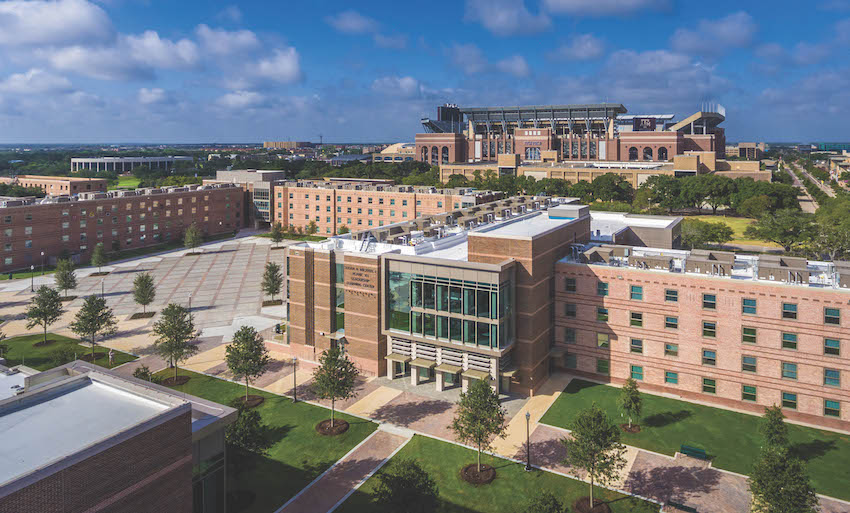Resiliency Starts at the Top with Your Low-Slope Roof
Sponsored by GAF | Siplast | Presented by Thomas J Taylor and James Kirby
Webinar On-Demand
From a historical perspective, roofs—as part of the built environment—have always provided protection from everyday weather events. This can be viewed as being “micro-resilient,” which is very important for the occupants of individual structures, but is often taken for granted by society as a whole. This talk will begin by examining various trends that are combining to make resiliency of the building envelope more important than ever. For example, weather trends suggest that extreme events are increasingly likely. Also, urbanization is leading to a greater concentration of buildings and commercial activities often in areas that are more vulnerable to extreme weather events.
After reviewing trends that make consideration of resiliency more important than ever, commercial roof systems will be examined for how they can improve the resistance of the building envelope from damage by wind and impact. Specific attributes of a roof—roof color, insulation and daylighting—provide benefits not only during operation, but when a building is without power as well. Also, the resiliency implications of roof design approaches that include net-zero energy, green roofs and so called “blue roofs” will be discussed.


|
Thomas J. Taylor, Ph.D., is the Building & Roofing Science Advisor for GAF. This position is focused on the relationships between individual roofing materials and the overall roof system. Tom is a frequent presenter to industry groups and associations and has authored many primary research and review publications on building science topics. He has been with GAF for 12 years, and has a background in building material development and use. He has more than 20 years' experience in the building products industry and holds about 35 patents. |

|
James Kirby, AIA, Building and Roofing Science Architect, is GAF’s Building and Roofing Science Architect for the East Coast. Jim has a Masters of Architectural Structures and is a licensed architect. He has nearly 25 years of experience in the roofing industry covering low-slope roof systems, steep-slope roof systems, metal panel roof systems, spray polyurethane foam roof systems, vegetative roof coverings and rooftop photovoltaics. He understands the effects of heat, air and moisture movement through a roof system. Jim presents building and roofing science information to architects, consultants and building owners; and writes articles for the roofing industry at large. He is a member of AIA, ASTM, ICC, MRCA, NRCA, RCI and the USGBC. |
The Building and Roofing Science team offers regional expert building enclosure collaboration through design, specification, and educational support for customers of GAF and Siplast, both Standard Industries companies. GAF is North America’s largest roofing manufacturer with more homes and businesses in the U.S. protected by a GAF roof than any other product. Siplast, a leader in building enclosure systems, offers a portfolio of advanced, high-performance SBS-modified bitumen, PMMA liquid-applied, PVC KEE, lightweight insulating concrete, wall air & water barrier systems, and amenity/vegetated systems.
Originally published in Mission Critical
Originally published in October 2018
LEARNING OBJECTIVES
- Explain long-term trends that make resiliency a more important topic than ever before.
- Identify the differences between resilience and sustainability.
- Describe how roof design contributes to resilience.
- Discuss net-zero construction, wind uplift resistance, and low-slope roofing trends, including rooftop energy generation, green and blue roofs, and water-harvesting capabilities.










